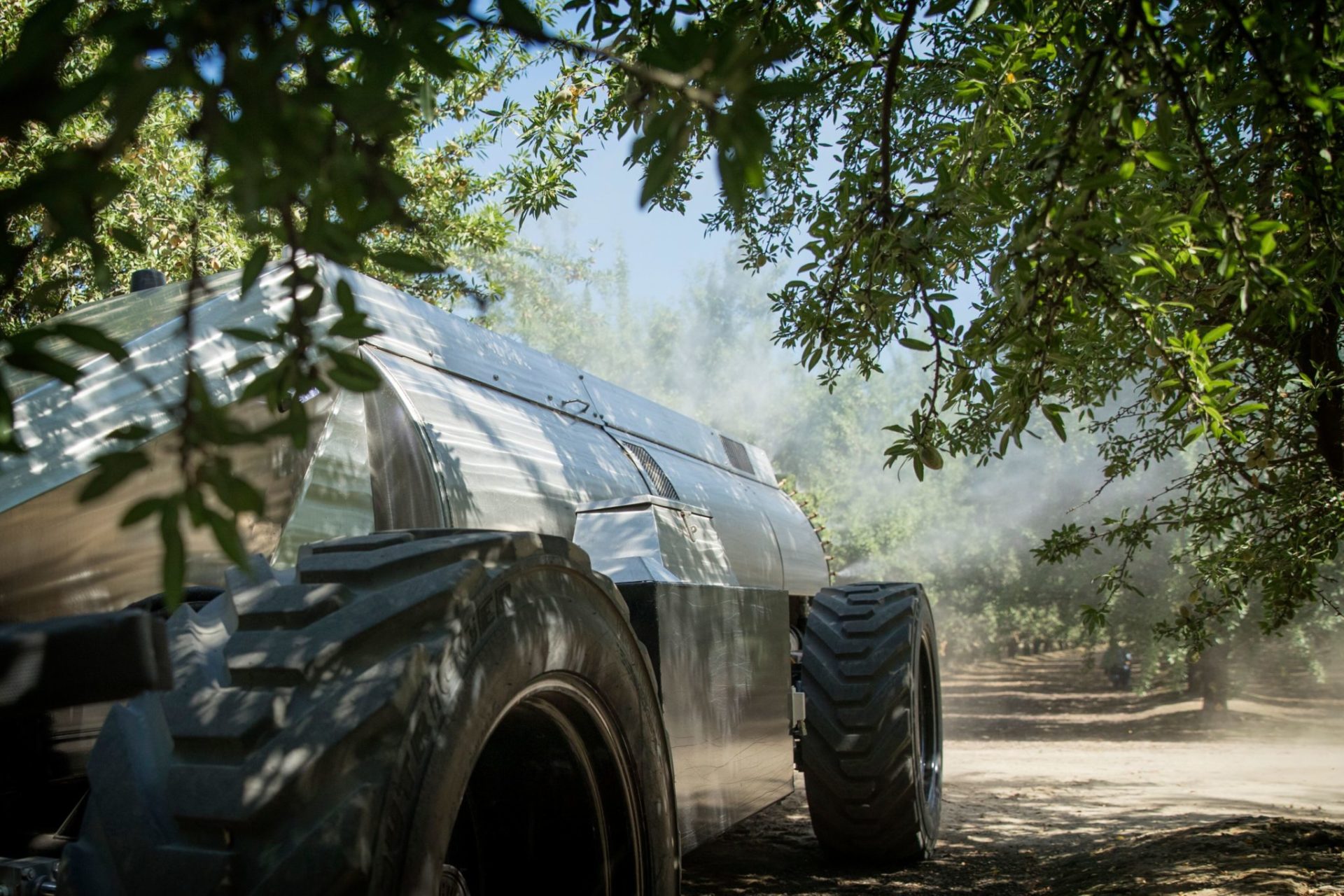
Providing post-harvest nutrition to almond trees is a critical component in the success of next year’s crop.
Rich Kreps, certified crop advisor for Ultra Gro, said that paying attention to environmental conditions and soil types in an orchard and using July leaf samples to determine nutrient needs are important when planning nutrient applications.
“Leaf sampling is huge,” Kreps said. “It is important to know where you ended up.”
Leaf sampling, according to Luke Milliron, UCCE Orchard Systems Farm Advisor, Butte, Tehama, and Glenn Counties, should be reported on your almond fertility program and is an opportunity to make adjustments to fit orchard needs.
With their July leaf analysis in hand, growers and farm managers can plan for post-harvest nutrient applications.
Kreps said post-harvest is an excellent time to apply boron, zinc and copper.
Zinc is essential to many processes such as cell division, protein synthesis and auxin synthesis in flowers and shoots. Boron is essential for cell wall synthesis and division. Boron fertilization has improved fruit or nut set compared to deficient plants in many crops, but only if applied in time to get B into buds at bloom. Both Zn and B can be absorbed into leaves and translocated within almond trees.
Foliar applications can be more efficient in getting nutrition into the tree, but fertigation and banding nutrients are also options. Some micro nutrients, including zinc, are best applied in a foliar spray. Kreps said foliar applications of micro nutrients should also be done as soon after harvest as possible. Since day time temperatures are still likely to be high post-harvest, most applications will have to be done at night, when temperatures are below 80 degrees F. At higher temperatures, Kreps explained, the plants begin to shut down.
Post-harvest applications of some micro nutrients via fertigation may not be used as efficiently, Kreps said, because they may not be readily available. There is also the possibility they can be leached below the root zone.
Soil types in an orchard also play a role in tree nutrition. Kreps explained that sandy soils have a low CEC (cation exchange capacity) and will not hold the nutrients delivered by fertigation. In those cases, he said, a big shot of only water to hydrate the soil, then smaller shots and shorter sets with the nutrients will keep the nutrients in the root zone.
















